- Make the Most of Your Visit to Himeji Castle—Down to the Last Stone
- Himeji Castle Area 1: Main Gate and Outer Grounds
- Himeji Castle Area 2: Nishi-no-Maru – The Princess’s Retreat
- Himeji Castle Area 3: Main Keep and Connecting Towers
- Himeji Castle Area 4: East Bailey and Okiku’s Well
- Himeji Castle Area 5: Moats, Stone Walls and Defenses
- Himeji Castle Area 6: Gardens, Shrines and Surroundings
- Himeji Castle Map
- Related Articles on Himeji Castle
- 🔙 Return to the Warload Page
Make the Most of Your Visit to Himeji Castle—Down to the Last Stone

Renowned as the “White Heron Castle” for its elegant white façade, Himeji Castle stands as one of Japan’s most breathtaking and historically significant castles. This comprehensive guide unveils every must-see historical site around the castle grounds, ensuring you don’t miss a single detail during your visit.
From the grand Main Keep (Tenshu) to the Sakuramon Bridge and Otemon Gate, Himeji Castle is a showcase of sophisticated feudal-era architecture—from the late Sengoku through early Edo periods. Explore its intricate gates, watchtowers, and masterfully built stone walls, as well as the Nishinomaru Bailey, once home to Princess Sen of the Tokugawa family.
Dive deeper into the labyrinthine network of gates and sloping paths that lead to the keep—an ingenious defensive layout designed to outwit enemy invaders. This guide also shares little-known historical anecdotes, seasonal views, and hidden photo spots that delight history enthusiasts.
Whether you’re preparing for your trip or using this as your on-the-go guide, this all-in-one resource will enrich your Himeji Castle experience tenfold. Get ready to discover the full beauty, history, and secrets of this UNESCO World Heritage site—one step at a time.
👑 About Princess Sen (Senhime)

Princess Sen, affectionately known as Senhime, was the daughter of Tokugawa Hidetada, the second shogun of the Tokugawa shogunate, and the granddaughter of its founder, Tokugawa Ieyasu. Born in 1597 into one of Japan’s most powerful political families, she stood at the heart of pivotal events that shaped the early Edo period.
At the age of seven, she was married to Toyotomi Hideyori—the son of Toyotomi Hideyoshi and Lady Yodo, and a prominent political rival to the Tokugawa family—as part of a strategic alliance aimed at stabilizing tensions between the two clans. Their union ended in tragedy with the fall of Osaka Castle in 1615. Senhime was famously rescued during the siege and later remarried Honda Tadatoki, a respected samurai lord and future lord of Himeji Castle.
She lived in Himeji for several years, during which she is said to have contributed to the refinement of castle life and the promotion of cultural and religious activities. Her residence in the Nishi-no-Maru Palace and the Makeup Turret (Keshō Yagura) remain enduring symbols of her legacy.
Senhime is remembered not only for her noble lineage but for her resilience, grace, and enduring presence in the cultural memory of Himeji Castle.
Himeji Castle Area 1: Main Gate and Outer Grounds
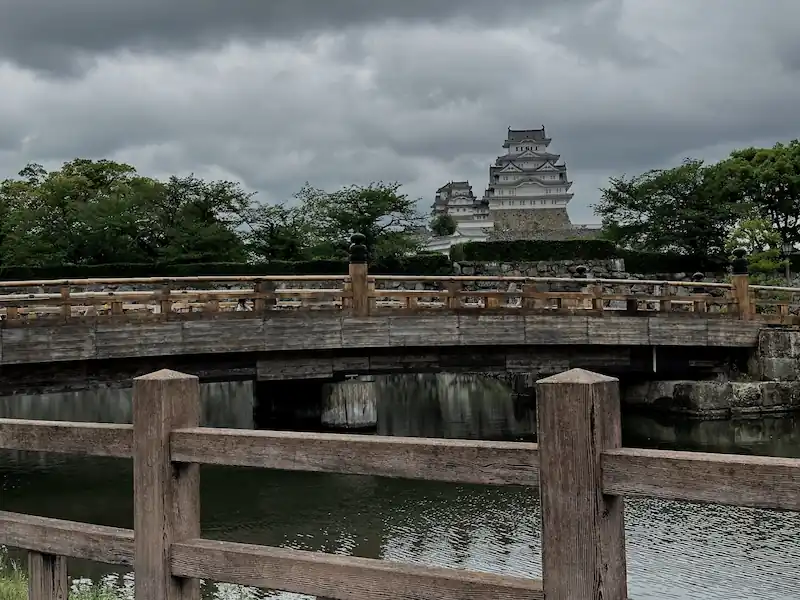
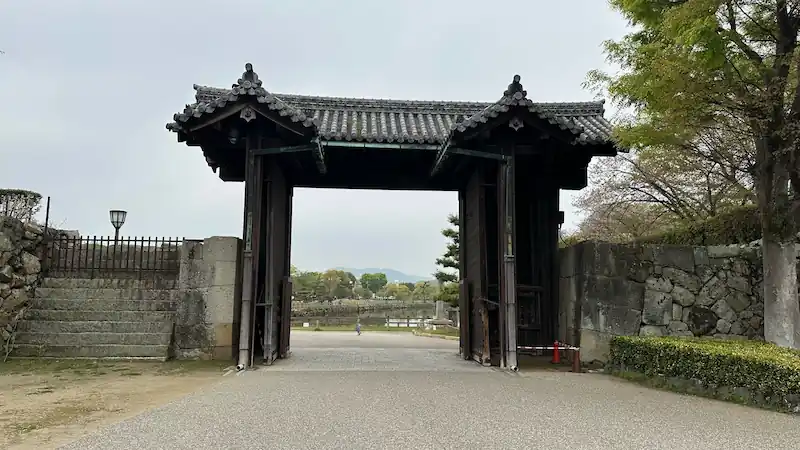
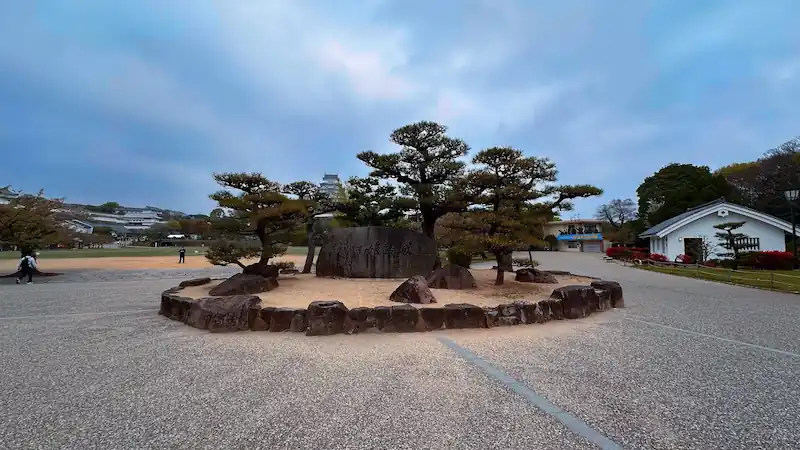
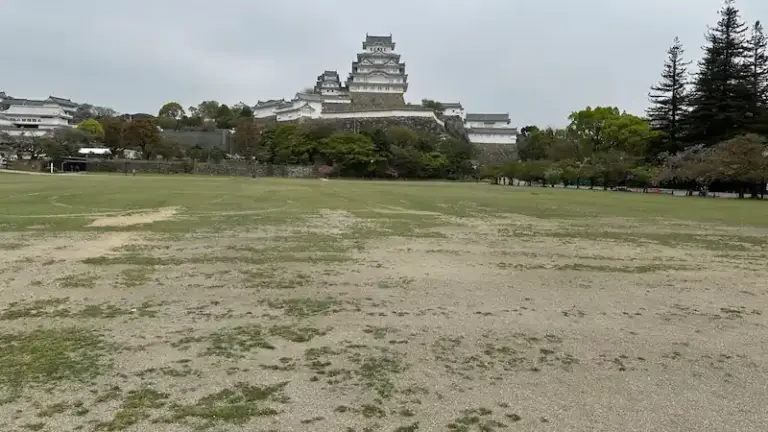
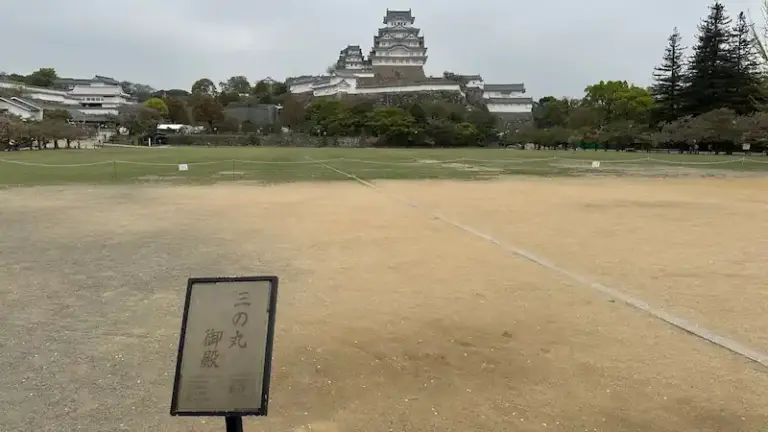
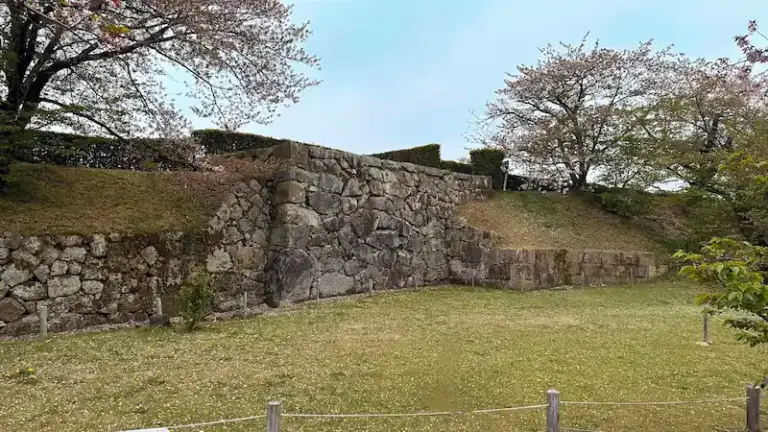
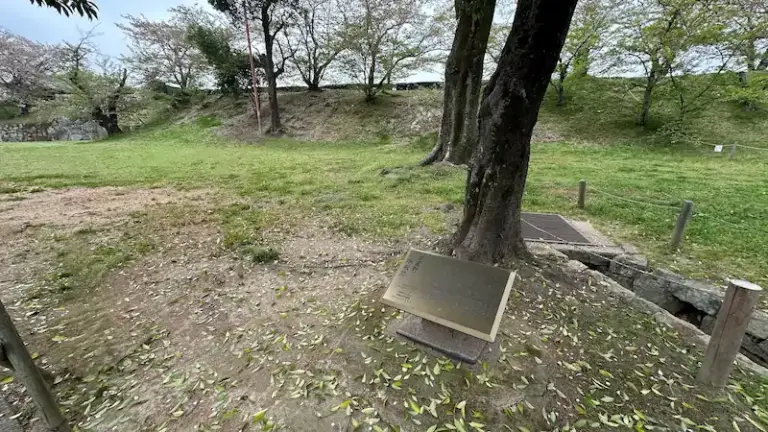
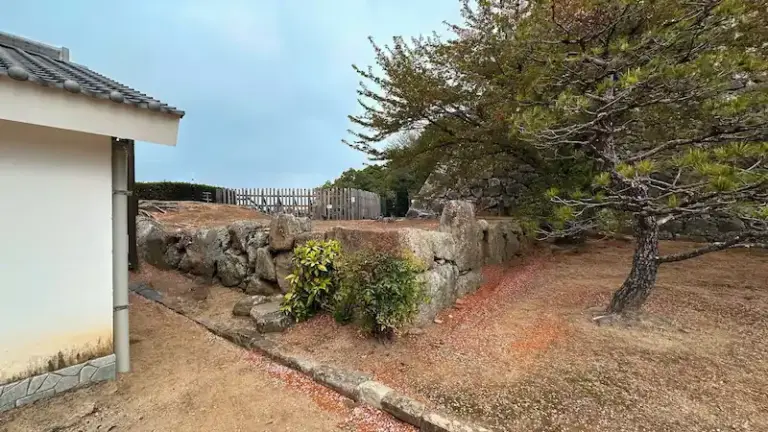

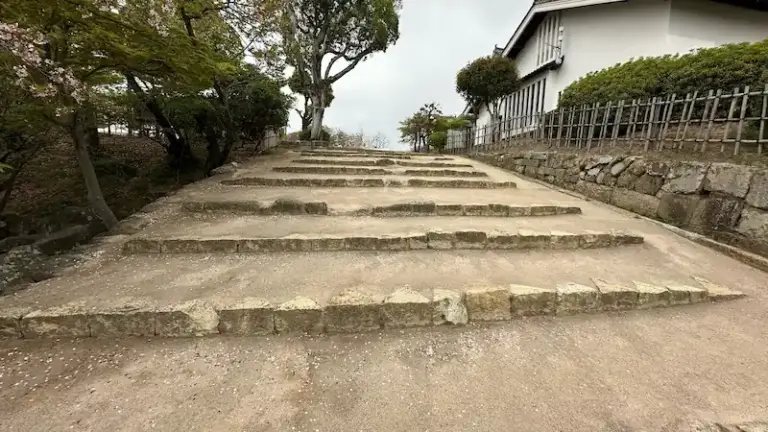
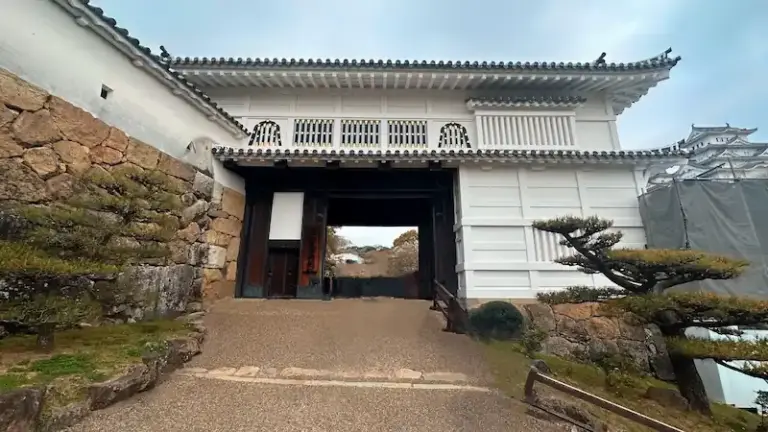
Himeji Castle Area 2: Nishi-no-Maru – The Princess’s Retreat

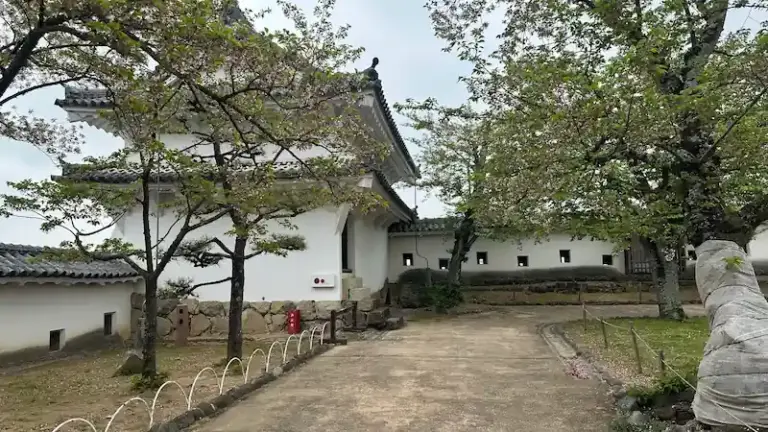
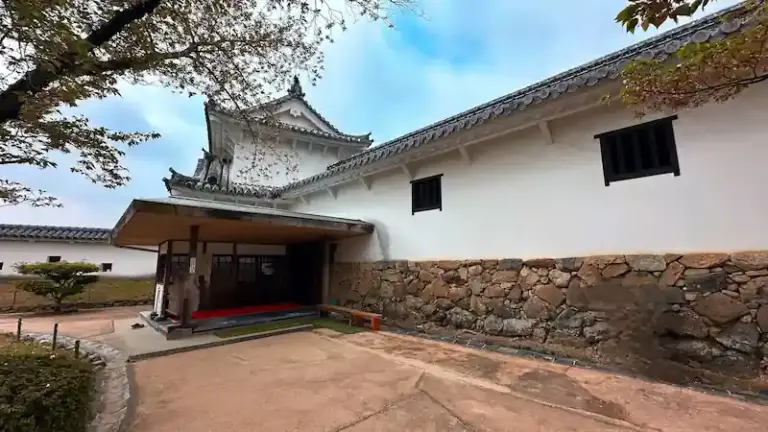
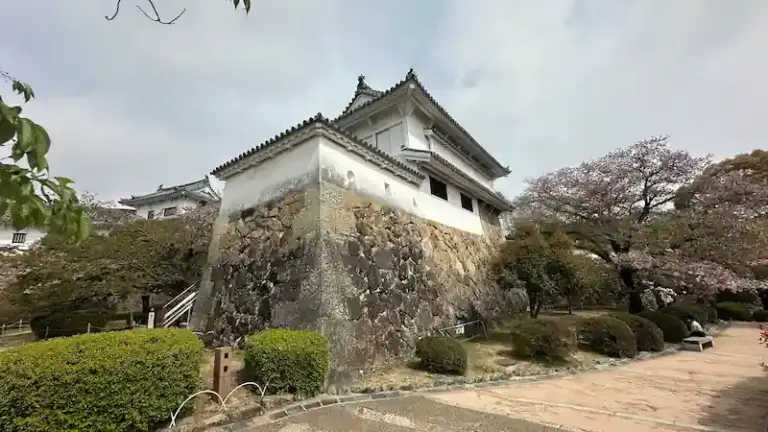
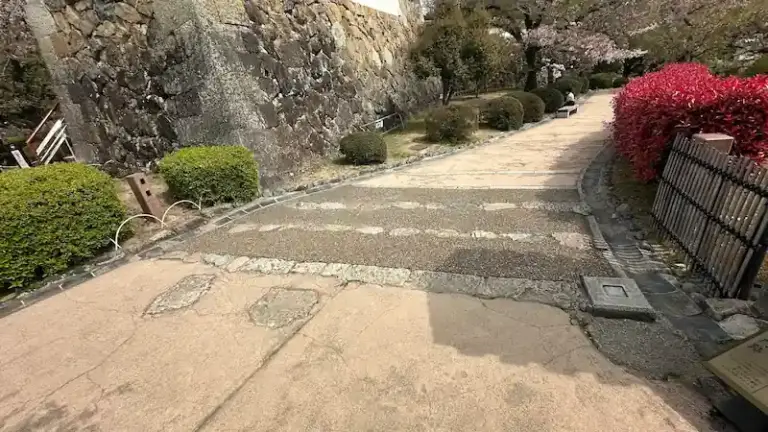
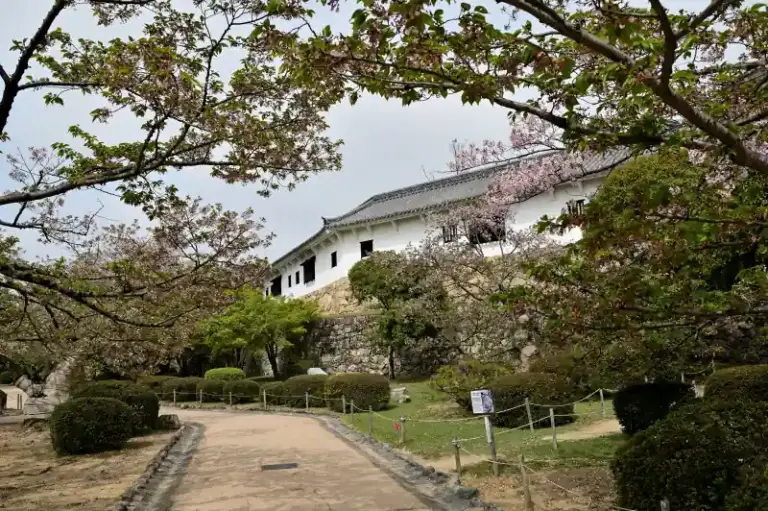
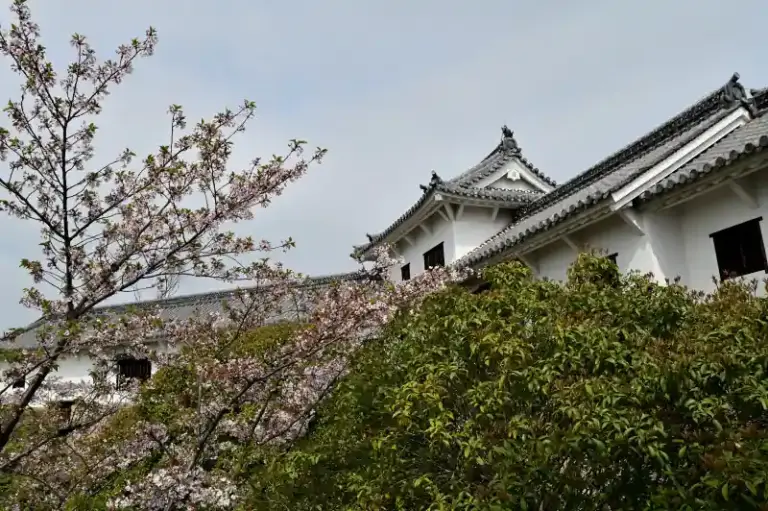

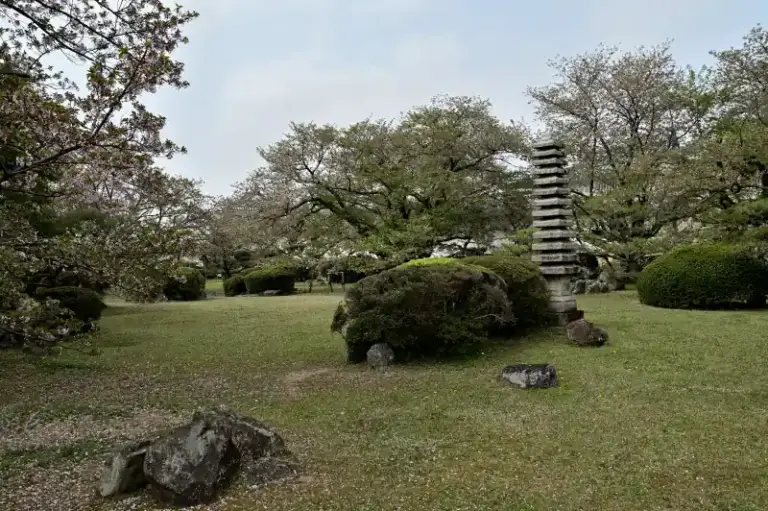

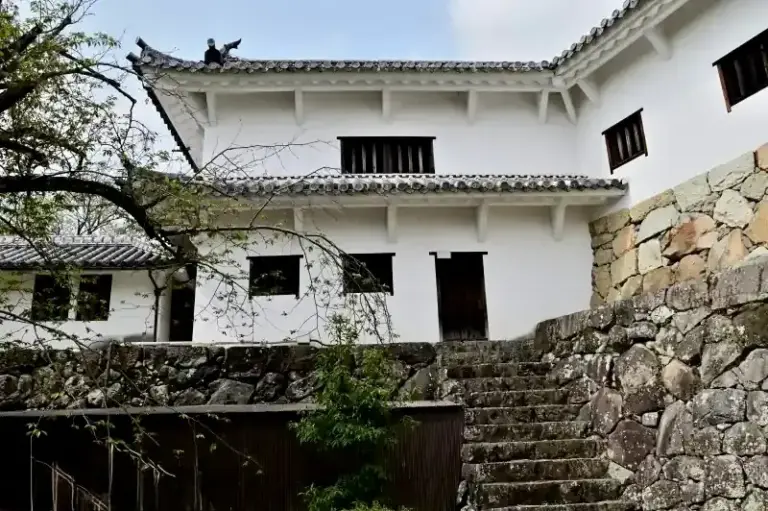
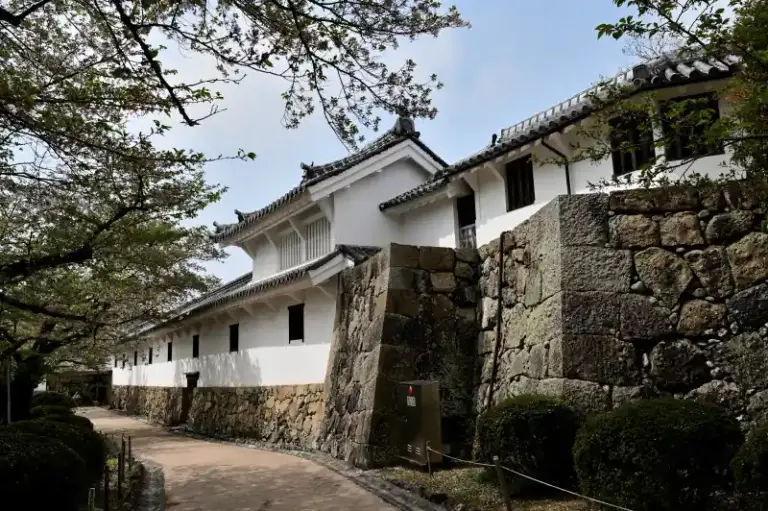
Himeji Castle Area 3: Main Keep and Connecting Towers
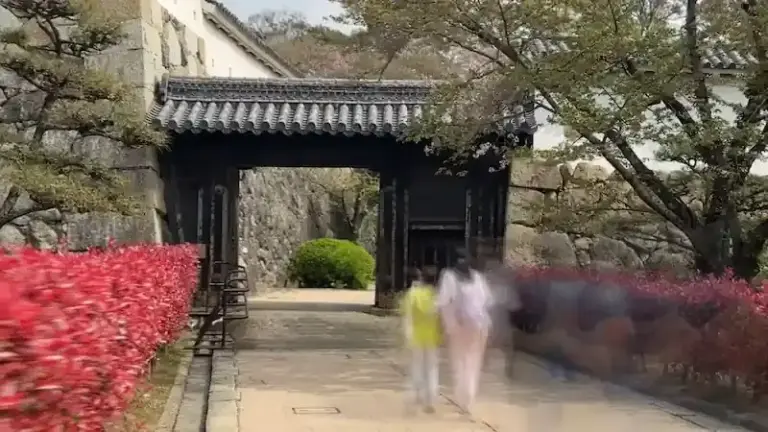
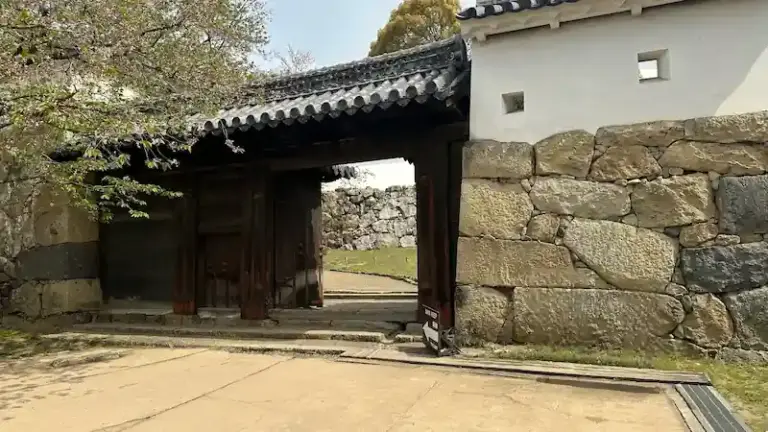
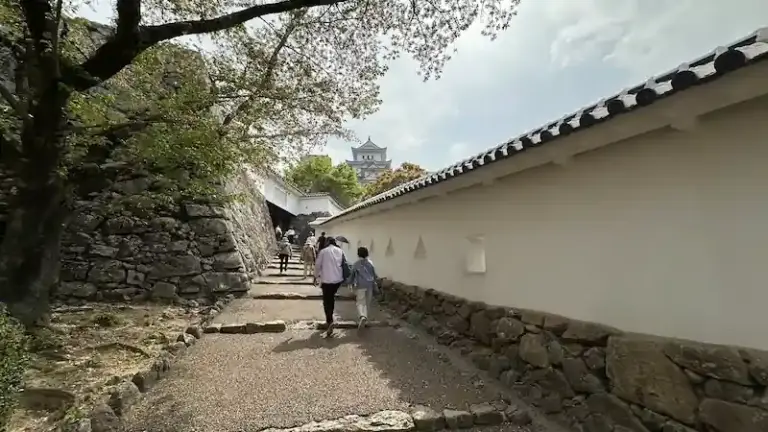

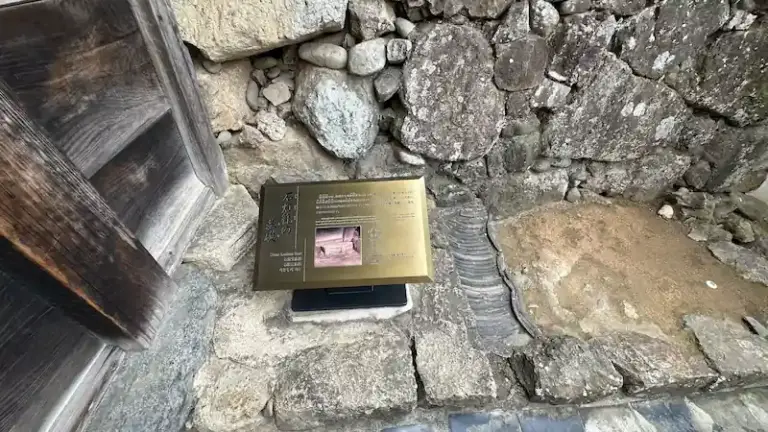
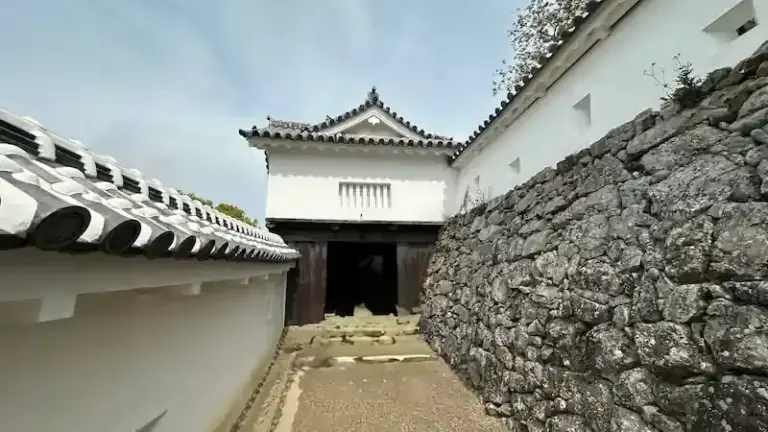
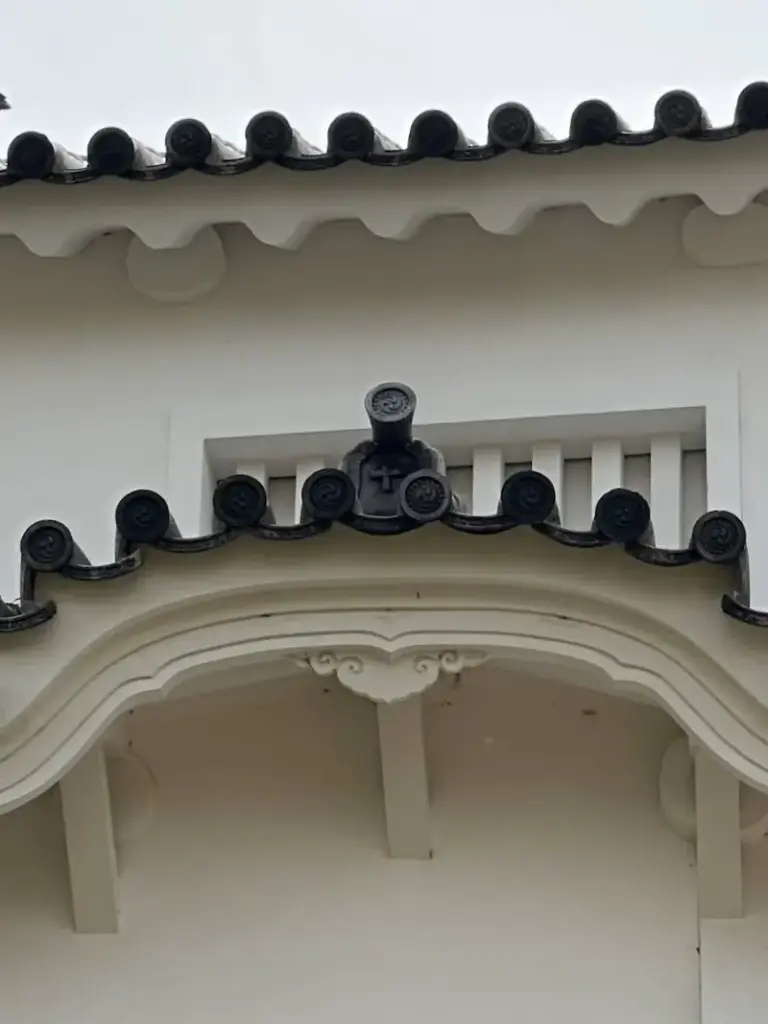

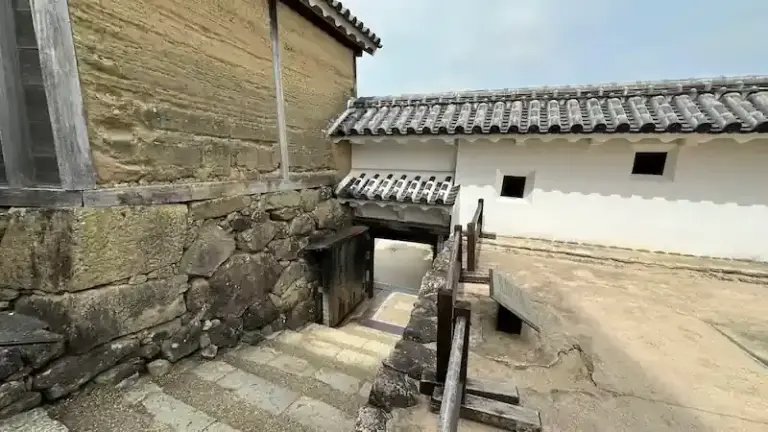
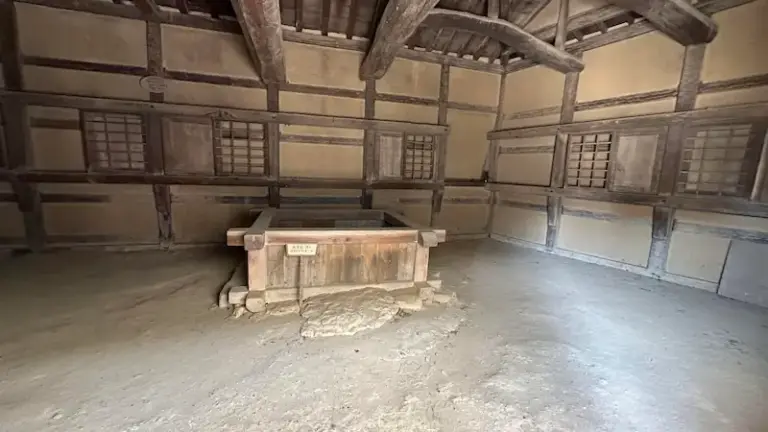
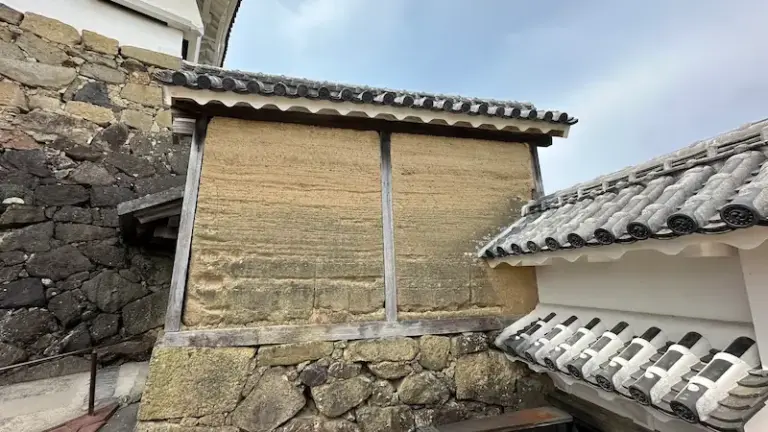
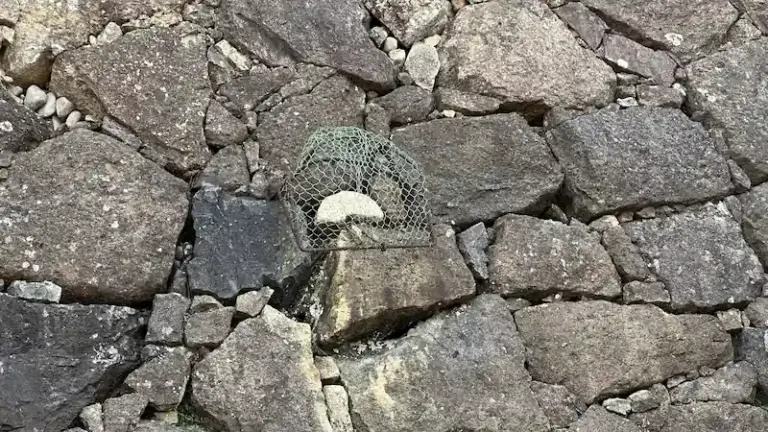
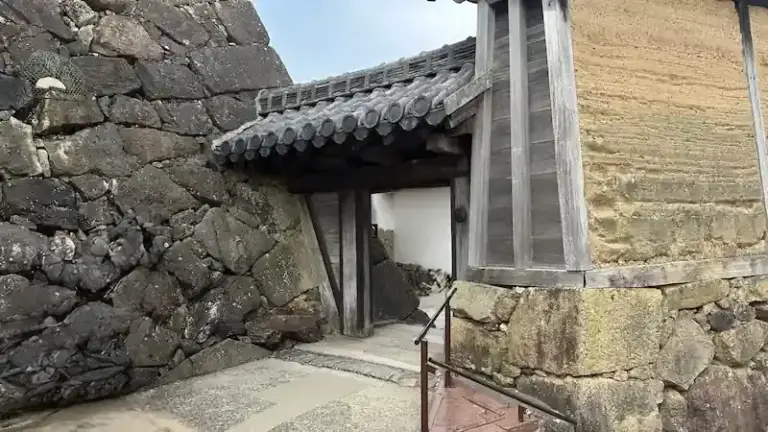
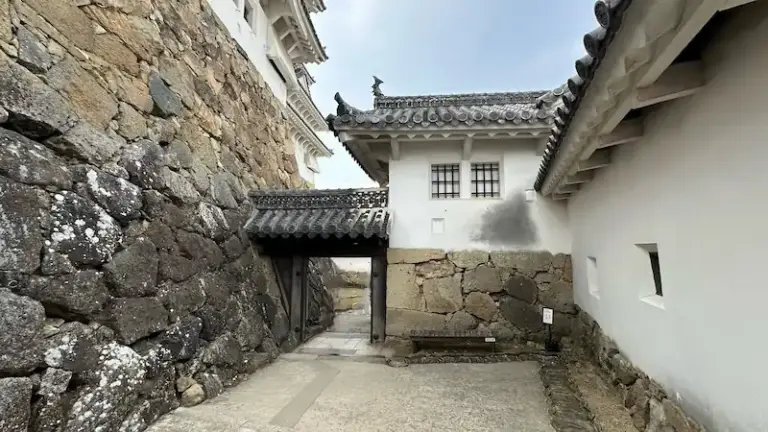

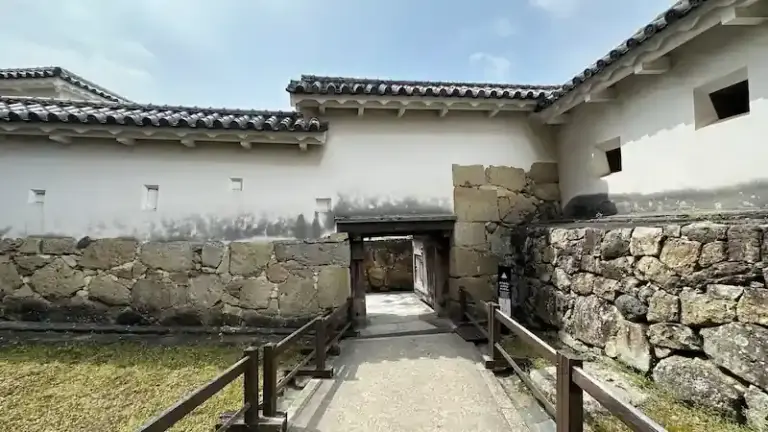
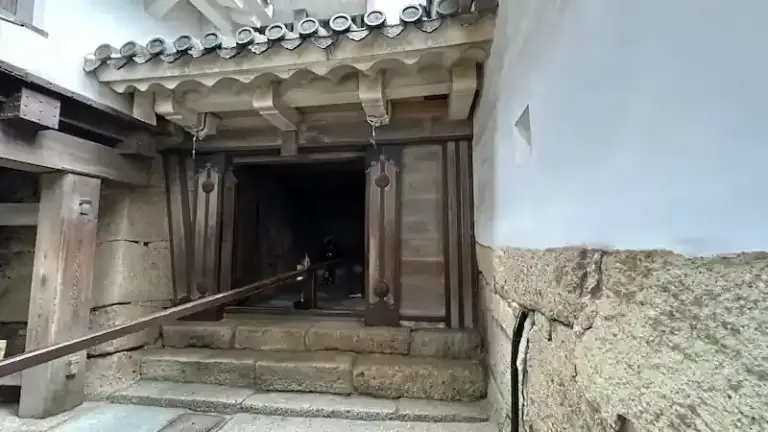

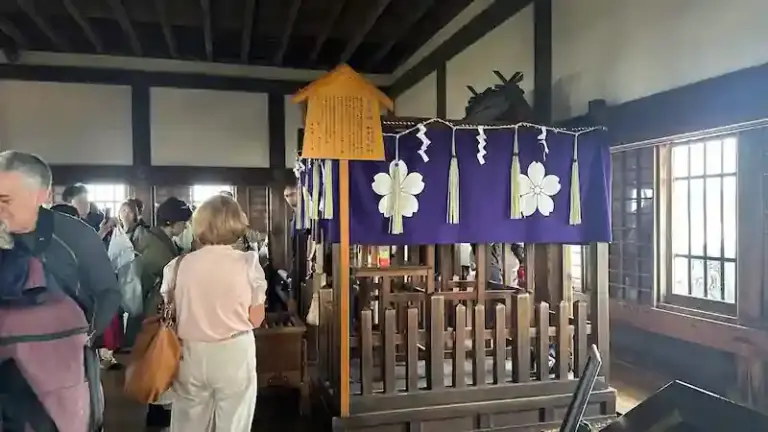

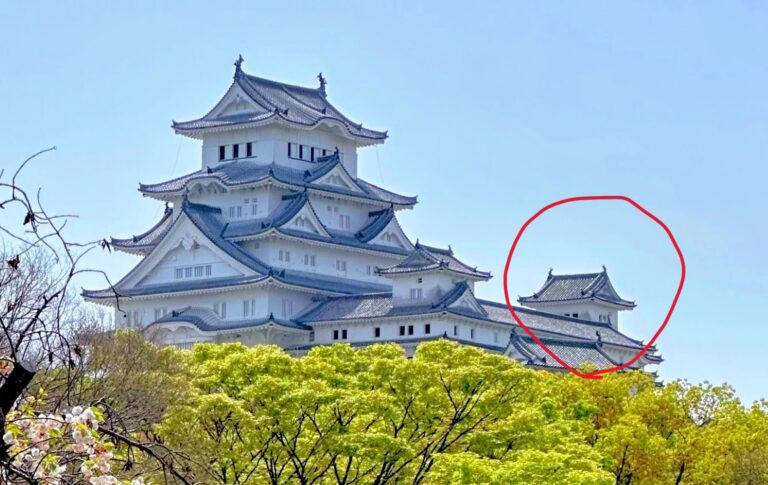
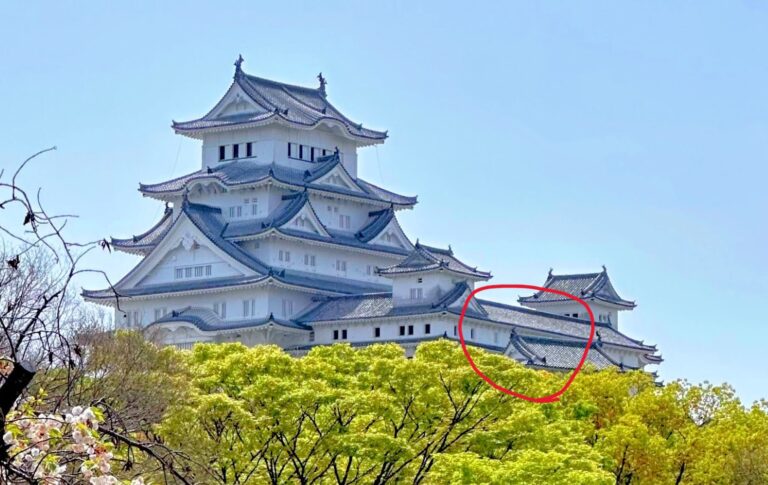

Himeji Castle Area 4: East Bailey and Okiku’s Well
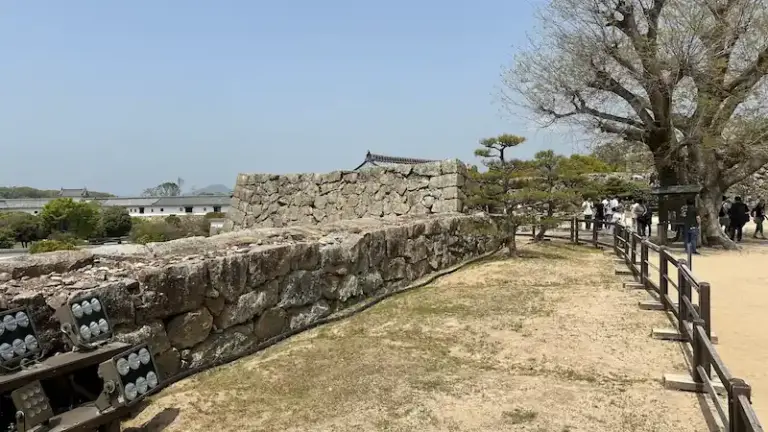
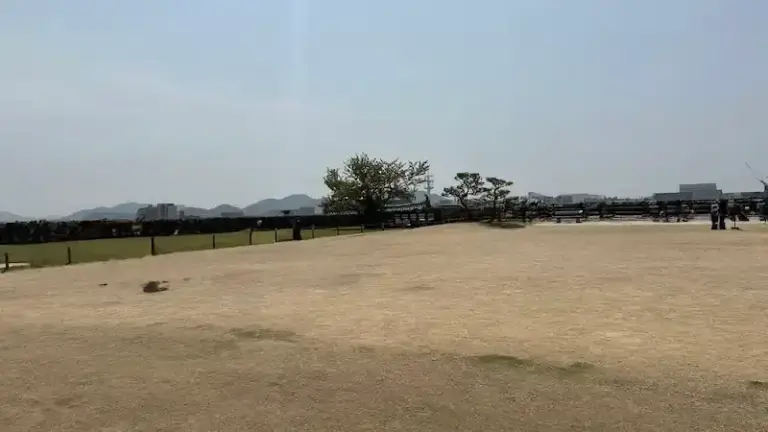


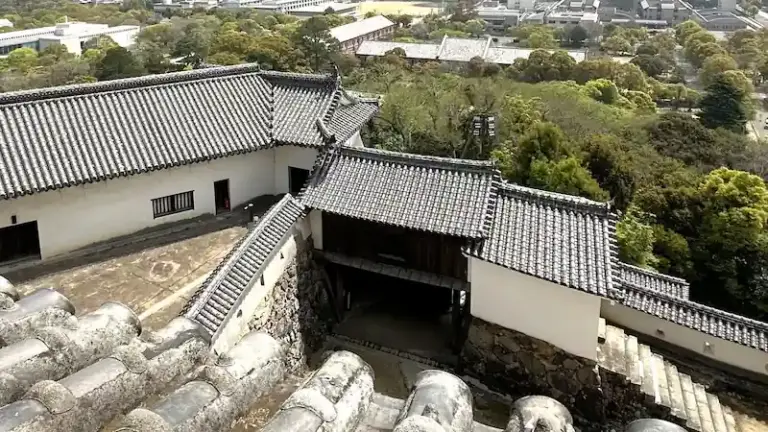

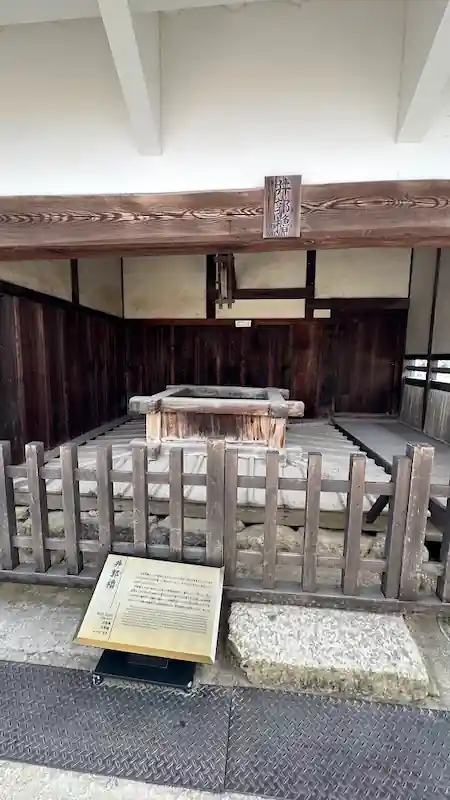
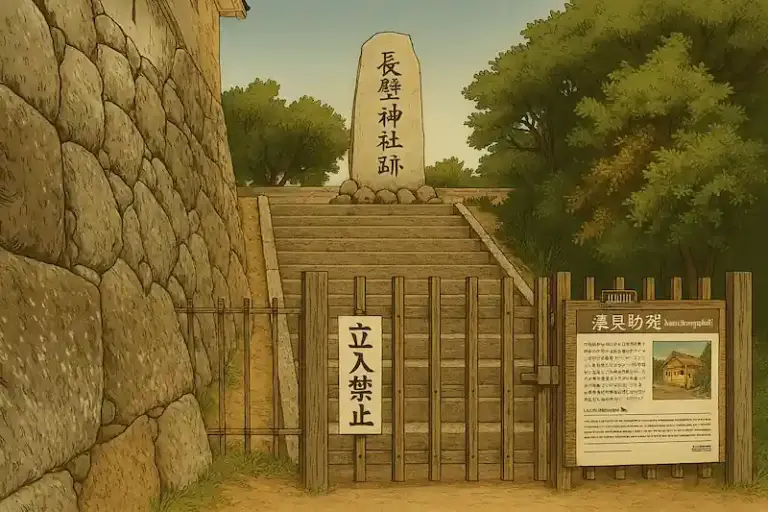
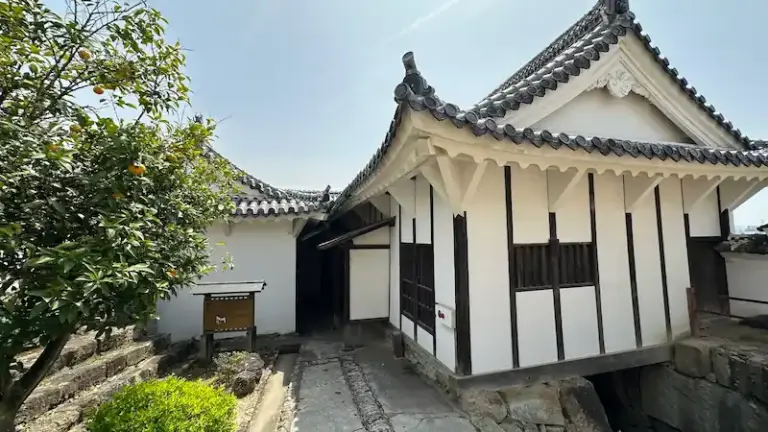
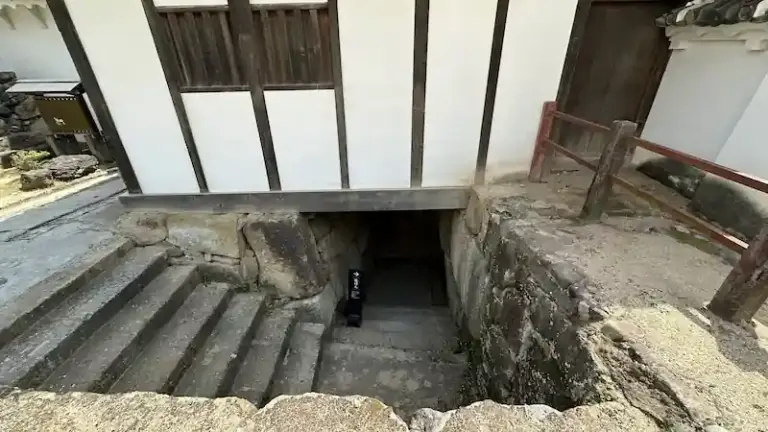


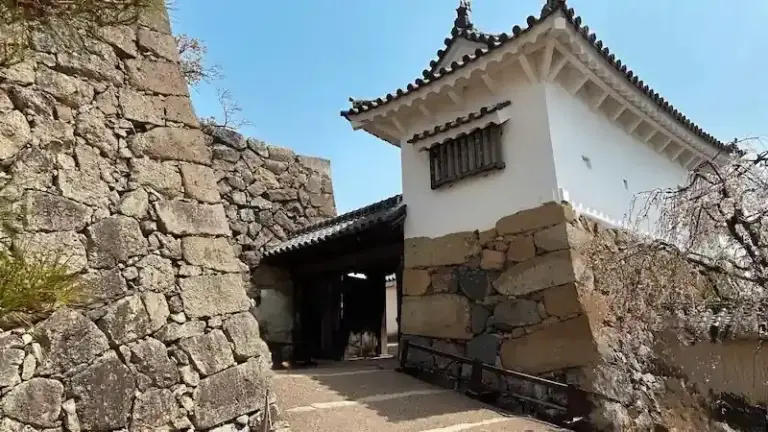
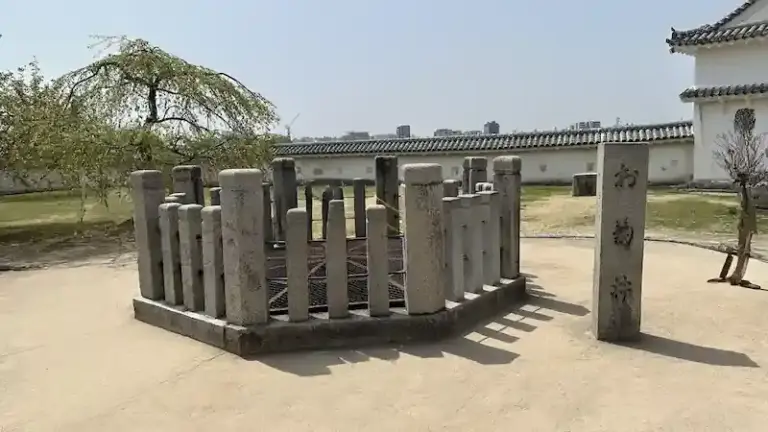
Himeji Castle Area 5: Moats, Stone Walls and Defenses

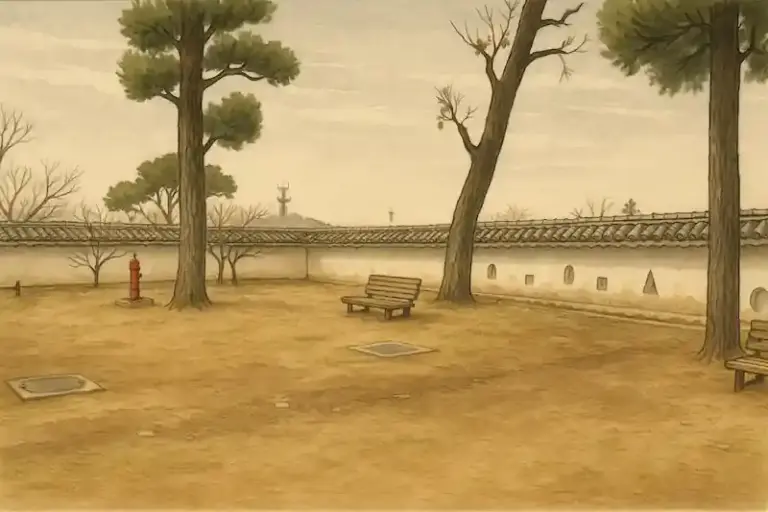
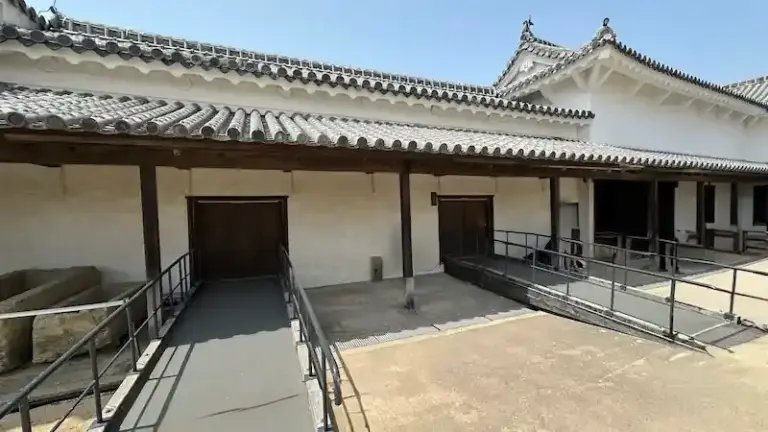
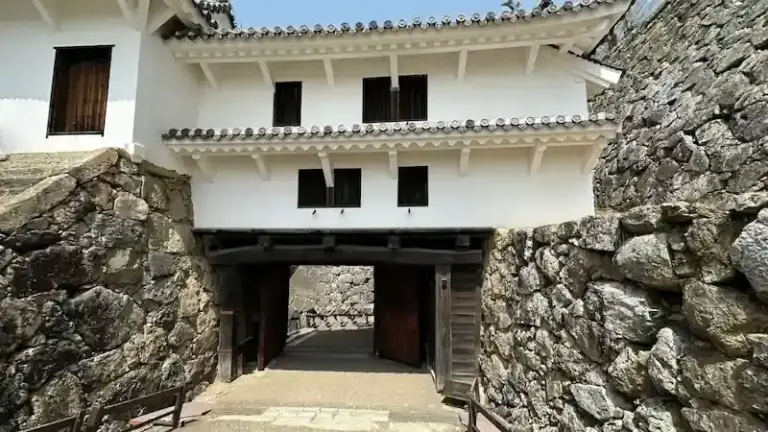
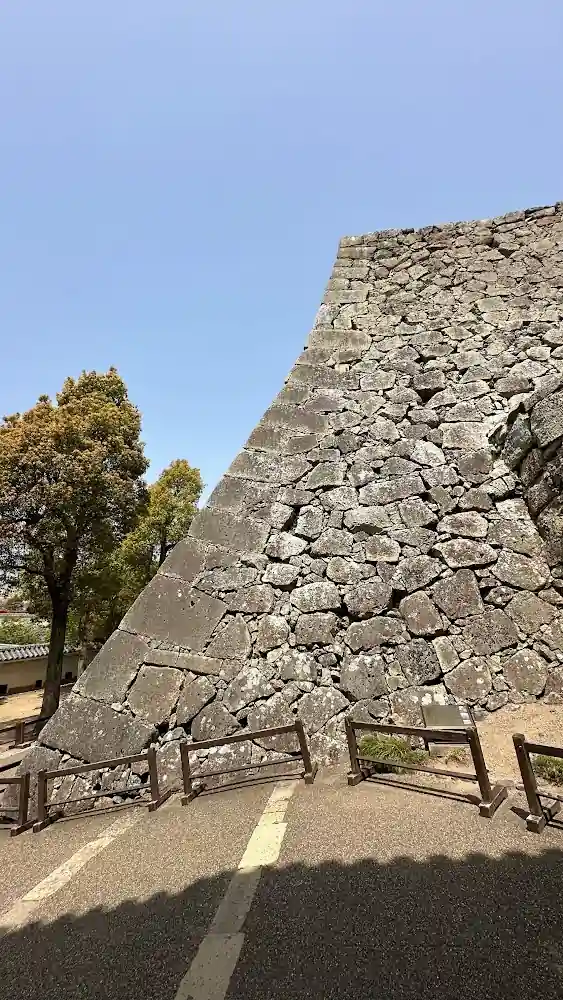
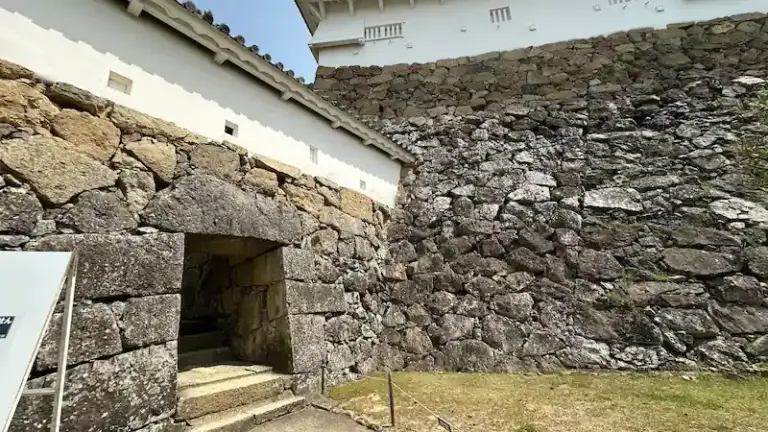

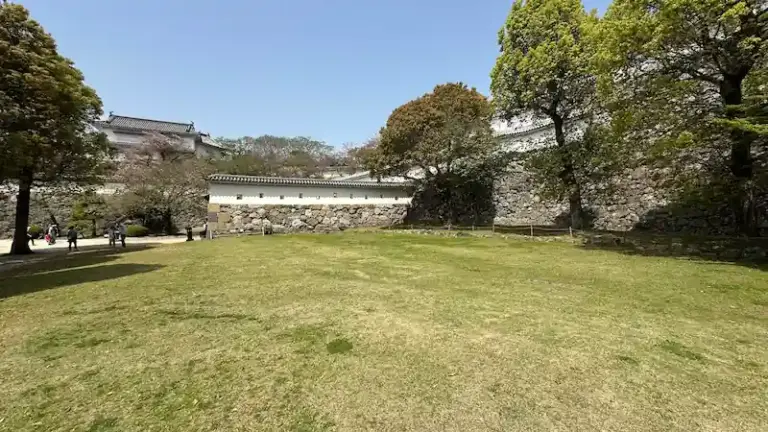
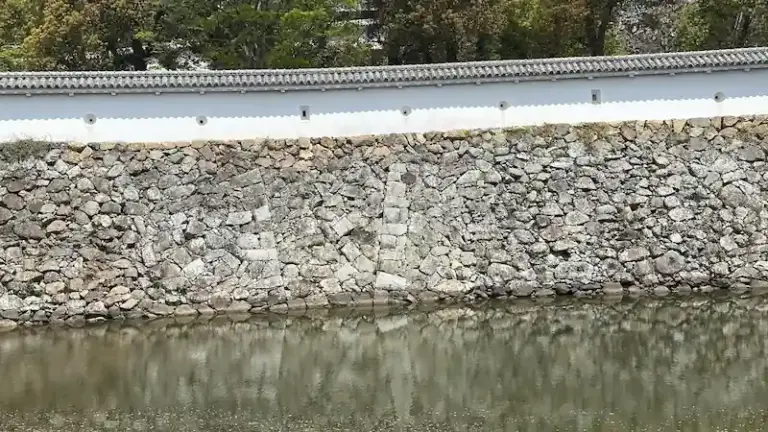


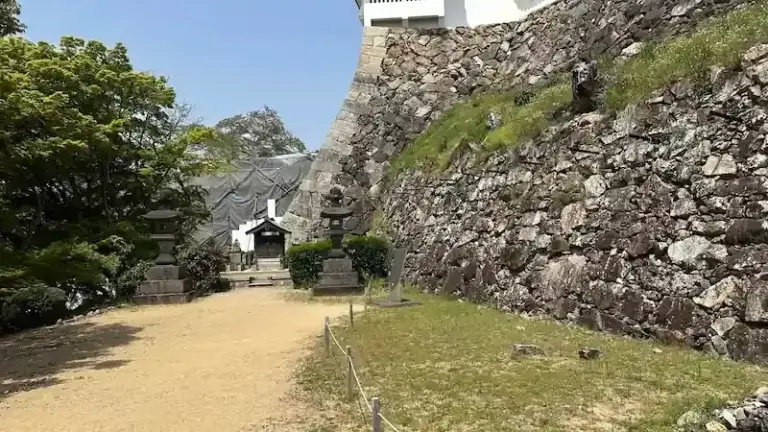

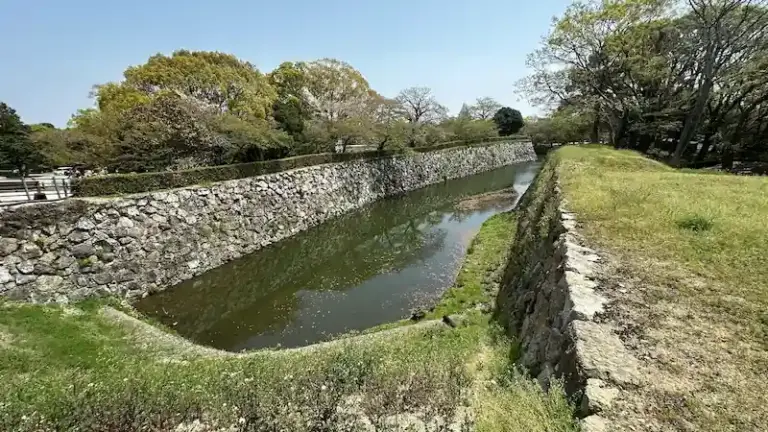
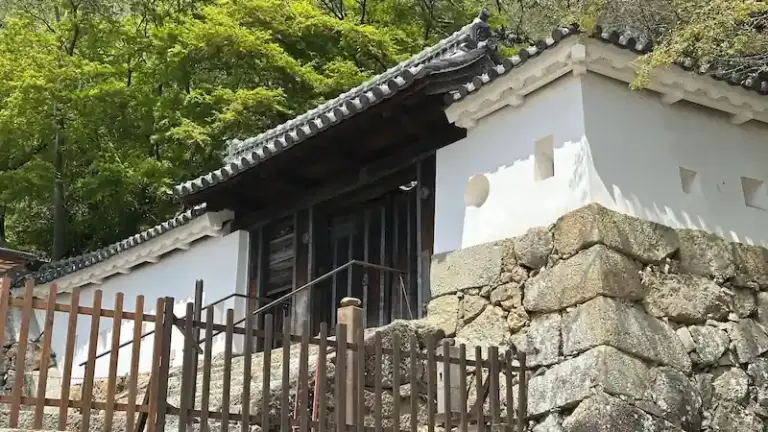
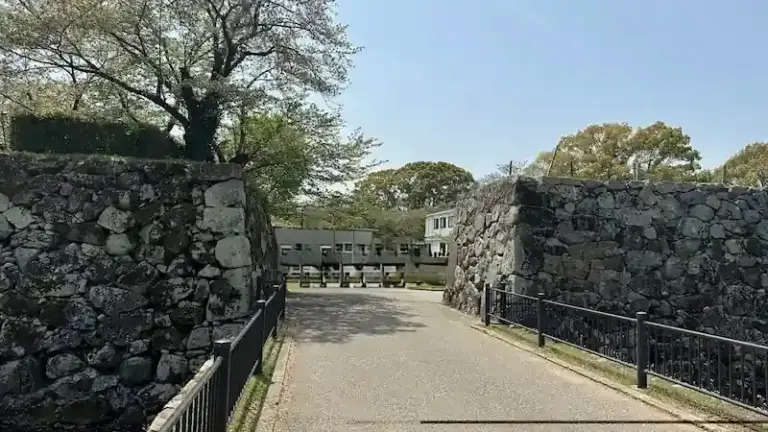
Himeji Castle Area 6: Gardens, Shrines and Surroundings
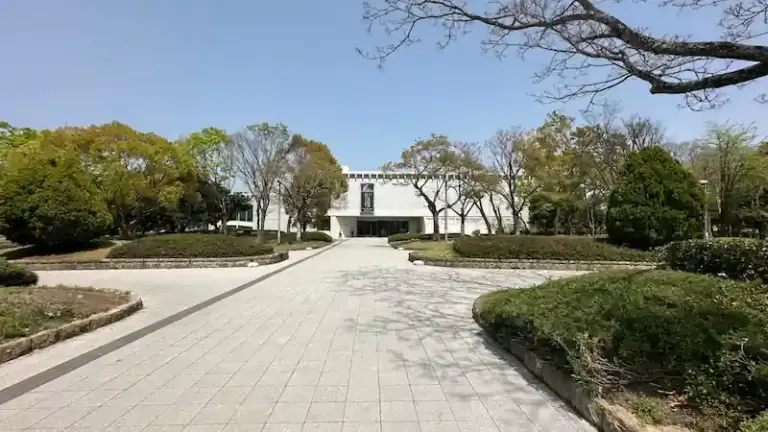
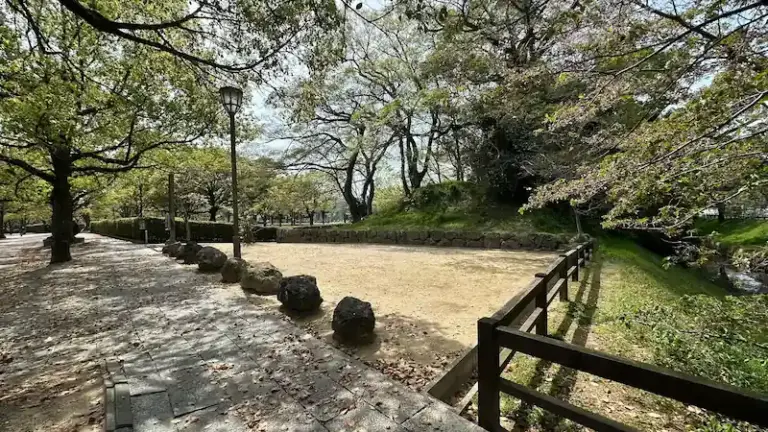
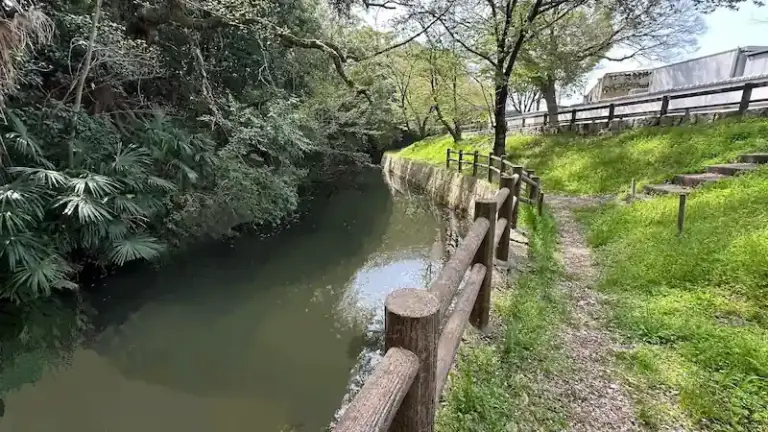

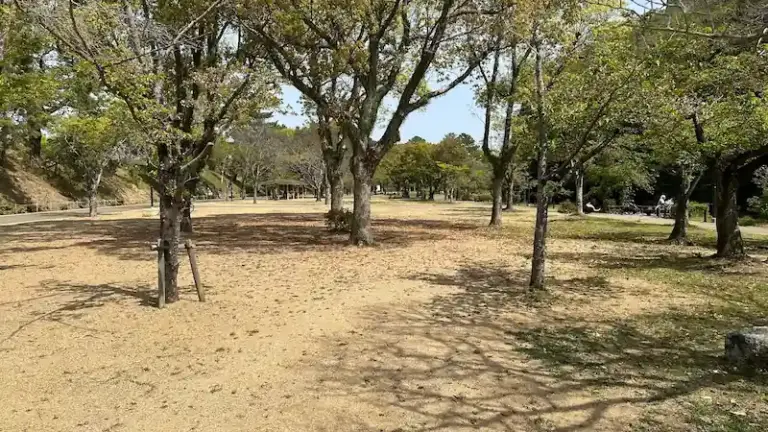
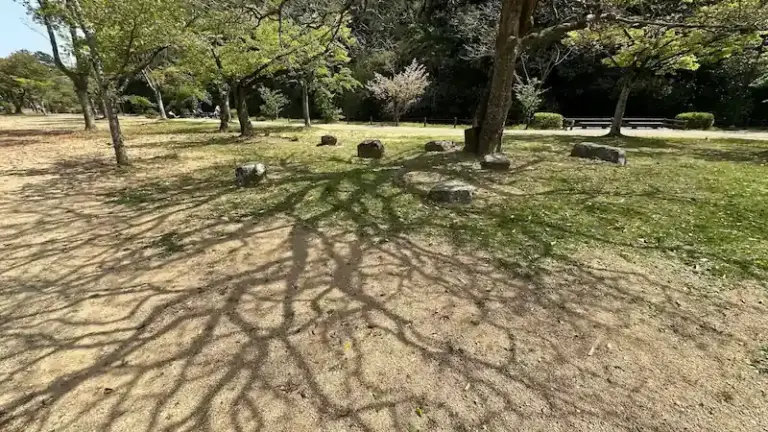

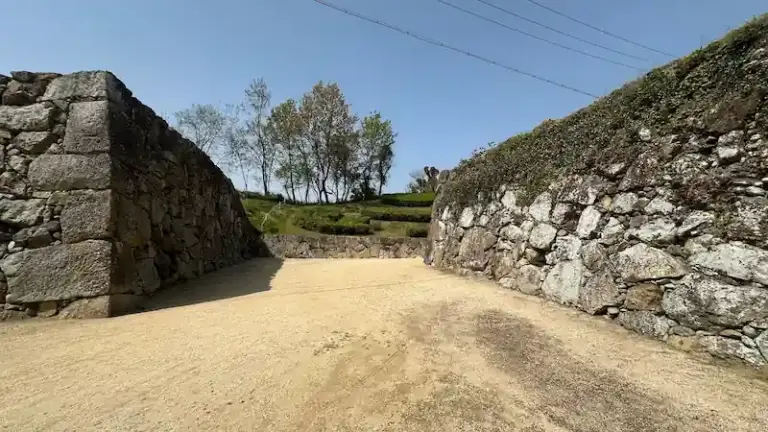
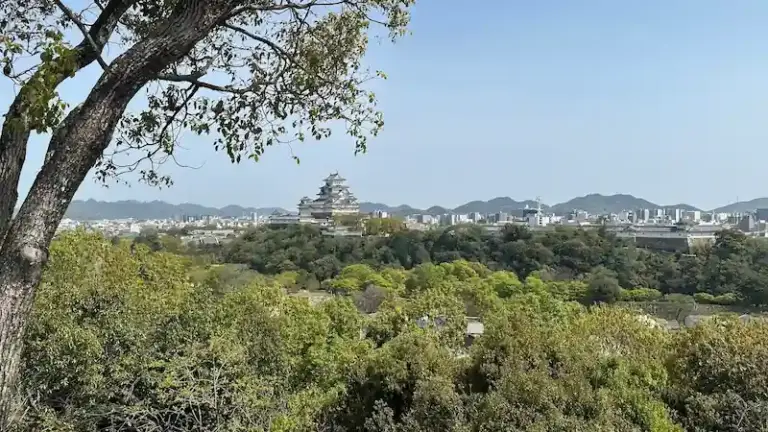




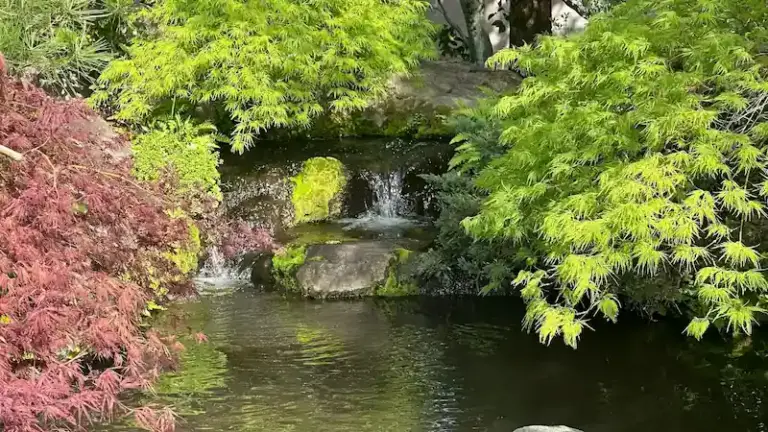
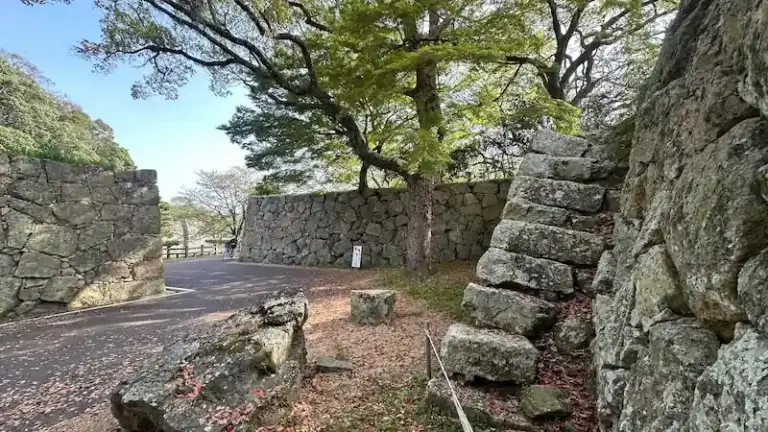


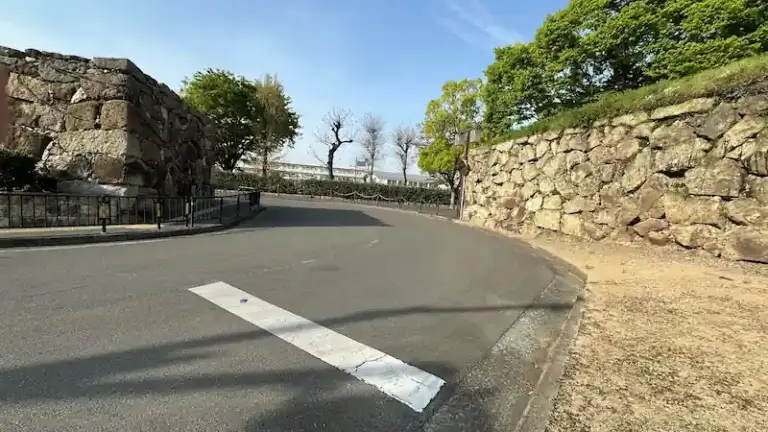
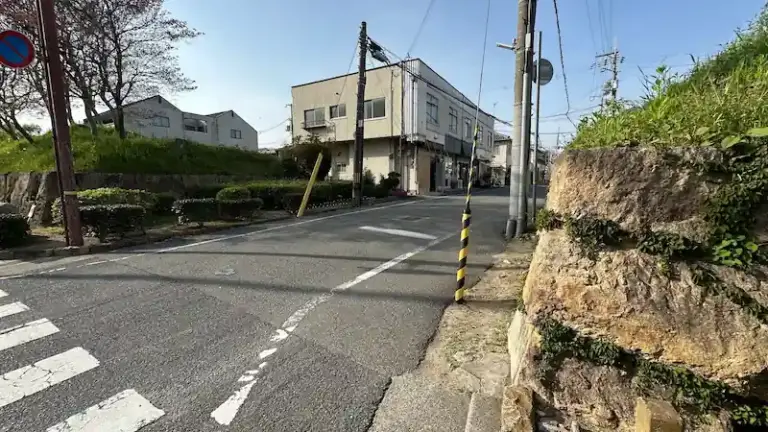
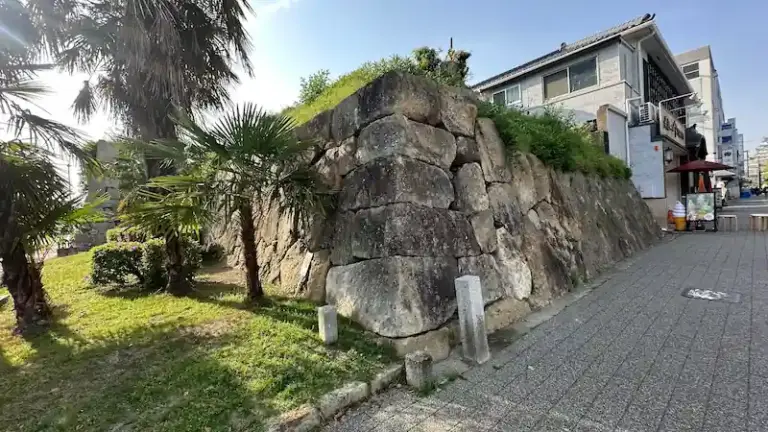

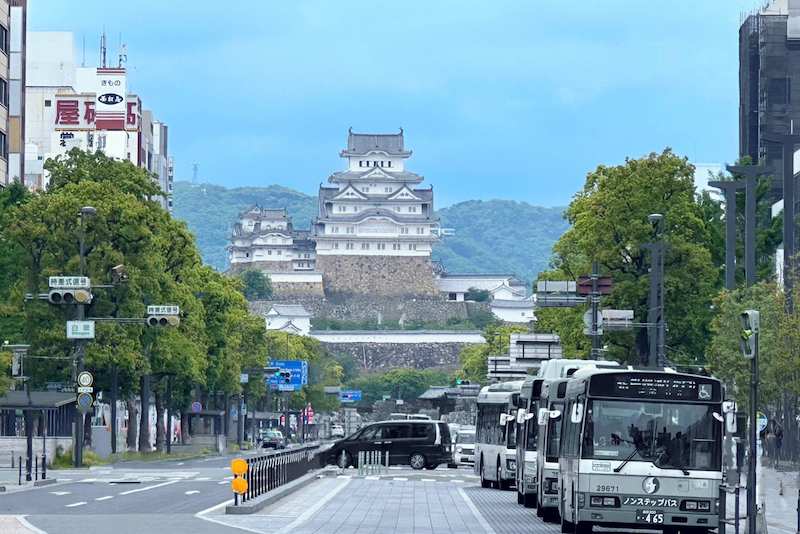










comment